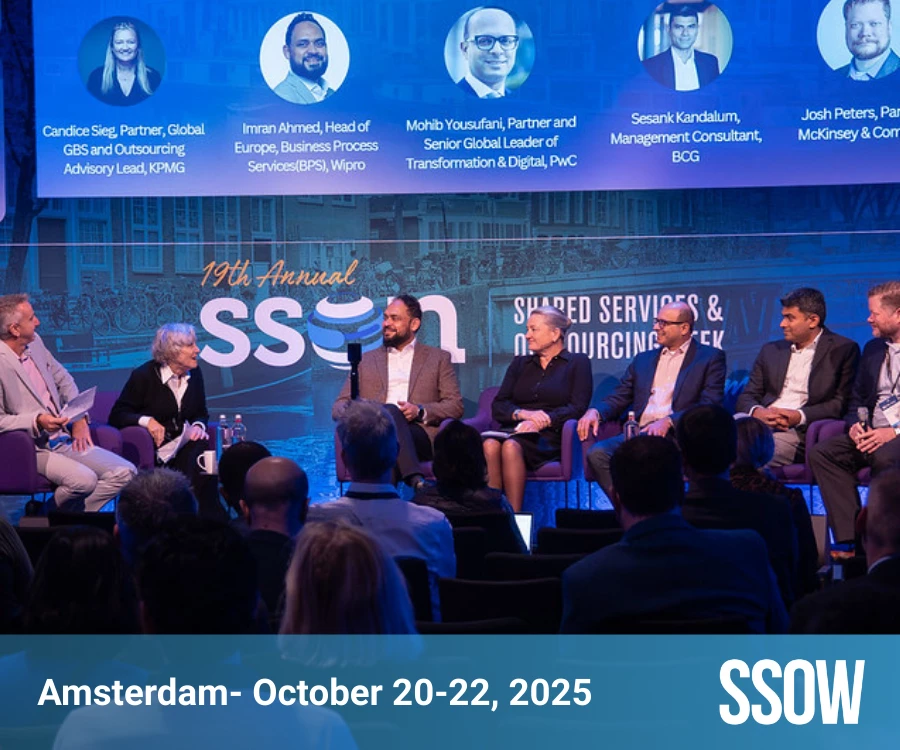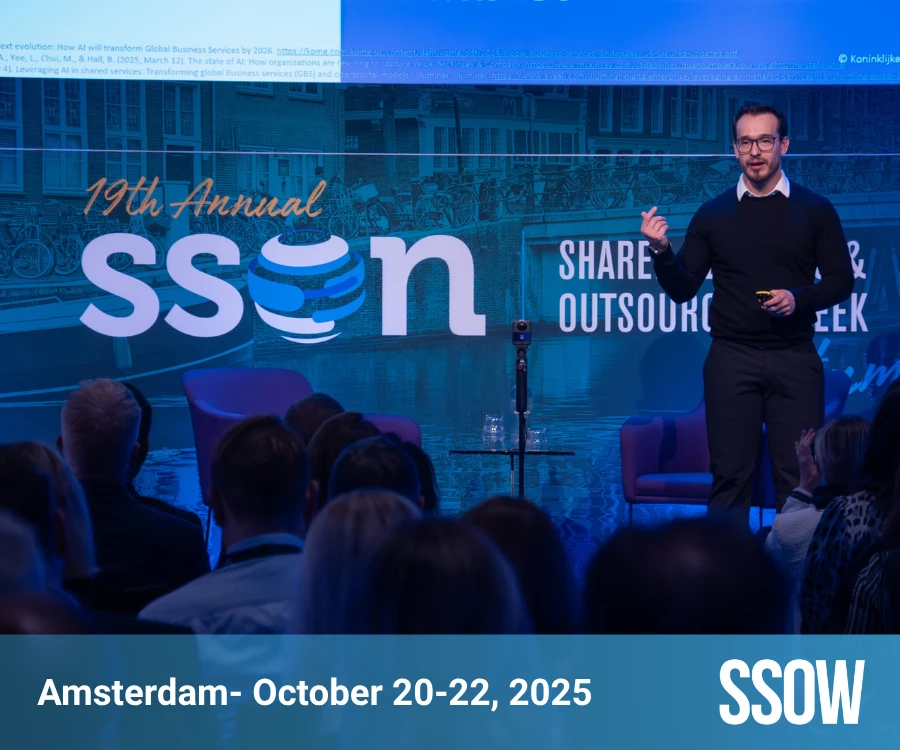
This article is inspired by a recently published book, Intelligent Automation, co-authored by Pascal Bornet.
In my previous article, I detailed my view of the five imperatives that our societies need to address to prepare for the widespread adoption of Intelligent Automation (IA). However, although very few governments have started thinking about potential consequences of IA in the near future, a large number of companies are already rolling out IA initiatives to leverage the competitive advantage it offers.
Despite this widespread adoption of IA, there remain significant challenges to transforming initial efforts into large-scale, enterprise-wide IA implementations. My takeaway from years of helping companies enables me to provide a transformation roadmap, broken down into four main components.
1. Project launch
For an IA initiative to succeed, it must be championed at the highest level of management. According to a McKinsey survey, an IA transformation is twice as likely to succeed if company leadership teams are in alignment on the vision and strategy.
The transformation process begins with upper management. There are three elements that C-levels need to envision and communicate: the strategic objectives of the IA transformation; a business case, including a high-level cost–benefit analysis; and an overview of the roadmap and key milestones for the next 1 to 3 years.
The project should be designed from the top down, but implemented from the bottom up (for example, beginning by deploying a pilot).
2. Project preparation
The preparation phase comes after the high-level roadmap has been issued by upper management. It involves identifying specific IA opportunities and prioritizing them, filling in the implementation details in the roadmap, selecting vendors and partners, building the necessary internal IT infrastructure, and launching a pilot program.
It is critical to identify a broad and compelling set of IA opportunities so that the most strategic ones can be included in the roadmap and prioritized appropriately. Once these opportunities have been identified, they can be prioritized by weighing up costs (in terms of technical feasibility and the complexity and effort involved in automating a task) and benefits (in terms of the expected quantitative and qualitative benefits from the automation). Based on my experience, I recommend that the cost–benefit calculation should give a high weighting to the expected impact of the proposed IA transformations, so that the results of the company’s first IA projects can showcase the value of IA to management and employees, creating buy-in for subsequent phases of the transformation.
Read also:
- [EBOOK] The SSON Guide to Hyperautomation
- [INFOGRAPHIC] Shared Services' Commitment to Innovation, Digitalisation and Sustainability for a Post-Pandemic Future
- Digital Transformation: Demystified
3. Project scaling
The project scaling phase consists of successive waves of deployment of the IA opportunities identified earlier. Each wave consists of three elements: redesigning existing processes (leveraging lean or zero-based redesign approaches), undertaking agile deployment sprints, and realizing the actual benefits of the IA program by migrating it to the production environment.
Implementing IA within a limited scope is relatively easy, and therefore proofs-of-concept and pilot programs are likely to succeed, but it’s important to anticipate the increased complexity of scaling the IA transformation to the whole organization.
Leveraging support from third-party consulting and delivery partners (who can be the same) is an effective way to scale rapidly and gain momentum with minimal investment. There is no need to spend more than 1–2 weeks selecting these partners: any differences in cost-effectiveness among them will quickly be outweighed by the competitive advantage you gain by moving forward with your automation journey promptly and accumulating the returns from it.
Efficient scaling also depends on anticipating and meeting IT requirements. IT is a factor that is easy to overlook: over half the IA transformations I’ve supported have needed to overcome IT-related roadblocks. Important IT requirements to anticipate include building the IT infrastructure, purchasing enough software licenses, and preparing and cleaning the data in advance. Data—the “new oil”—is the fuel for IA decision-making, and otherwise well-designed IA implementations can be let down by poor-quality data. In addition to incorporating a data-cleaning step into the IA deployment, I recommend implementing a company-wide policy of treating data as a valuable asset going forward, to build a solid foundation of data on which later phases of the IA transformation can be built and scaled.
4. Change and talent management
An IA transformation is not primarily a technology project, in my opinion, but a business initiative with people at the center. The two key human elements of the transformation are talent management and change management.
Finding the right talents can be challenging, but should be prioritized as early as possible in the IA transformation process, because getting people on board early gives them insights into the background of the project and enables them to take ownership of its outcome. Do not dismiss internal recruitment and retraining as a source of the necessary talent: in my experience, recruiting an existing long-standing employee and training them in IA can be more successful than recruiting an IA expert externally and trying to teach them the specifics of the company, because the latter is priceless knowledge that takes years to build and is difficult to teach explicitly. A McKinsey survey showed that the most digitally mature organizations typically use this recruitment strategy.
Change management affects the whole organization. It is easy to overlook, because it’s downstream from the technological transformation, but it’s vital to the overall success of the project. A survey by Deloitte showed that the companies that have successfully implemented and scaled IA are those that have built buy-in among employees by communicating appropriately and engaging people across the organization.
Final note
Companies that have undergone a successful IA transformation have done so by making substantial investments (both human and financial) to generate significant benefits. My 4-step IA transformation roadmap allows an iterative approach—it starts with management framing the structural, high-level
components of the transformation before they get refined and implemented in the following phases of the project. This ensures the consistency of the final outcome with the initial vision while ensuring
the deployments are optimally prioritized and monitored. Finally, let us not forget that IA is built by people, to be used by people; therefore, employee involvement in the program and understanding of its opportunities is crucial to drive IA initiatives to large-scale, enterprise-wide implementations.

































